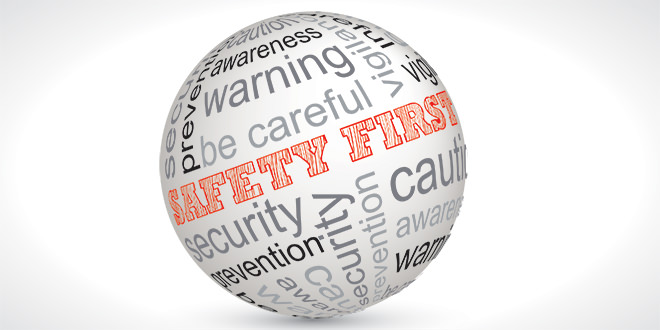Those of you who like to work out at home likely do so for the flexibility and freedom a home gym offers. However, safety has to be much more of a concern when working out at home. Your local gym has employees on staff to help keep a clean and safe environment for their members at all times.
Most times when working out at home, you may not have someone close by to help you if you get in trouble. That’s why home gym safety needs to be at the forefront at all times. Keep reading for tips on how to keep you and anyone else who might be using your equipment safe.
Warm up with lighter weights
It’s really never a smart idea to jump into any workout and lift like someone is holding a gun to your head and demanding you lift as heavy as you can or else. The human body isn’t really designed to leap into super high-intensity exercises without any warm up. If you do, you’ll injure yourself at some point and it will likely be the type of injury that will leave you on the sidelines for a good while.
Gear up like you’re going to the local gym
Most important is footwear, but also don’t forget about using some sort of back protection too. It doesn’t really matter what sort of clothing you wear, so long as it’s breathable and doesn’t restrict your movement. But make sure you’re wearing footwear that helps you stay safe and balanced, and use a quality lifting belt or brace to prevent throwing your back out.
Mirrors can help as much as they hurt
Having a mirror, or several mirrors in your workout space can help keep you motivated and safe, allowing you to watch each movement you’re doing to ensure good form. However, they can also become a hindrance when you’re spending too much time looking at yourself and not enough time watching where you’re going!
Keep your home gym as clean as your house
You don’t need to be ogling yourself in the mirror to trip over a dumbbell, rag, water bottle, etc., laying on the floor. Keep your space free of things that can hurt you while you’re walking around. Same goes for wiping excess sweat off the floors and equipment in between sets.
Careful with free weights
If you don’t have a spotter, you definitely shouldn’t be trying to bench press 300lbs all on your own, regardless of how strong you are! Same goes for any other freeweight equipment in your home gym. And, power racks and Smith machines still aren’t safe enough to attempt using without a spotter. Consider what happens if you severely tear a muscle halfway through a rep – that equipment won’t save you in such cases. Stick to using all-in-one or lever-gym equipment if you plan on working out alone most times.
Ease into your cardio routine
Again, the human body isn’t designed to sprint right into action and run a 4-minute mile. When we’re threatened, the sympathetic nervous system drives the body into overdrive and prepares all the body’s systems for the physical stresses and strains of outrunning Woolly Mammoths and Sabre Toothed Tigers. When you’re jumping on a treadmill or elliptical and start to push beyond your limits too quickly, you open yourself up to all kinds of potential injury.
Avoid holding your breath for more than 3 seconds
Everyone need holds their breath for a second or two while lifting weights. This is quite normal and won’t result in any harm. However, holding your breath for extended periods raises blood pressure and is particularly dangerous if you have a pre-existing heart condition. Holding your breath can also cause muscle cramps.
Don’t lift weights you can’t do at least 6 reps with
You might be tempted to see just how much you can lift for a single repetition or two. However, the more strain you place on your heart and other muscles in the body, the more chance that something unpleasant will happen. At least try to have a spotter handy if you decide to ignore this advice.
 Best Home Gym Reviews and Tips for Your Home Gym
Best Home Gym Reviews and Tips for Your Home Gym






